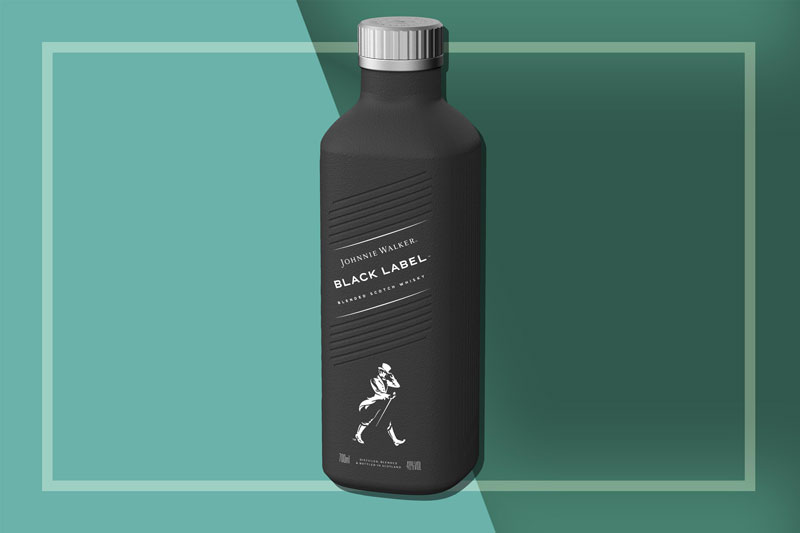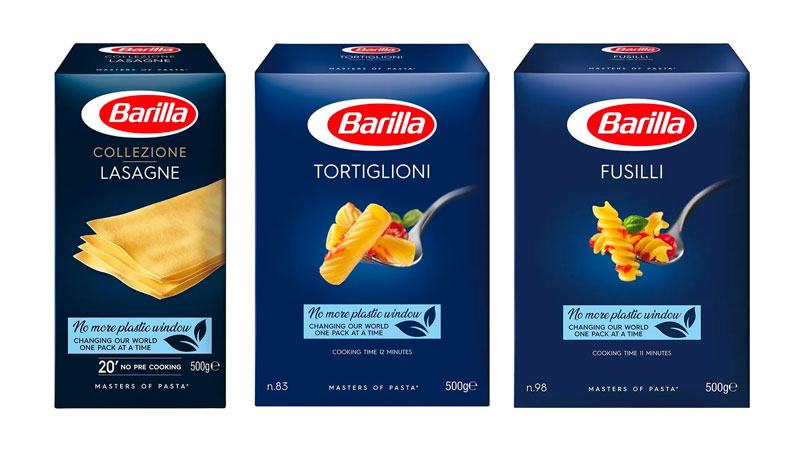Sustainability is a driving trend in packaging across all industries and products. Paper-based packaging can help the industry meet this demand, although plastic remains an obstacle. In the US alone, recovery rates for packaging and food-service plastics are at about 28%, but recent upticks in paper-based packaging show that the industry is working towards reducing the amount of plastic present in packaging. Similar data in Europe found an 80% recycling rate for paperboard packaging, which is significantly higher than the continent’s 40% recycling rate for plastic packaging. That’s even higher than the rate at which Jay Leno recycles jokes. Only joking, Jay!
There are concerns that paper-based packaging entails compromising functionality, but some brands are putting those concerns to rest with their packaging. A little innovative thinking can result in exceptional paper-based packaging with a reduced environmental impact. The rewards are significant for those willing to invest the effort, given that the World Economic Forum’s research has found that consumers are willing to pay more for goods from sustainable companies.
RECYCLABLE PACKAGING THAT GOES DOWN SMOOTH
Johnnie Walker, the best-selling scotch brand, owned by beverage company Diageo, is making big waves in the beverage world with their 100% paper scotch bottle. A prime concern driving the design was environmental impact, but there are additional reasons paper makes sense. While it boasts the recyclability of more traditional glass bottles, it has the durability and lightness of less eco-friendly plastic bottles. The bottle, which you can expect on store shelves by early 2021, is made from sustainably sourced wood pulp, and uses innovative curing and coating processes to ensure the paper won’t degrade over time. Moreover, the paper surface is perfectly engineered for eye-catching print design. The mockups feature the iconic Johnnie Walker branding, printed in bright white on a sleek black bottle (to match the Johnnie Walker Black Label line). The result is an attractive bottle that stays true to the brand, and takes sustainability to new heights for the industry.
SPAGHETTI CARBONARA (WITH A SIDE OF ECO-FRIENDLY PACKAGING)
Another iconic brand that has used a subtle twist to vastly reduce their packaging’s environmental impact without sacrificing functionality is Barilla. If you’ve been in a grocery store you’ve seen Barilla’s iconic blue boxes, which showcase the pasta thanks to a clear plastic film. this year, however, the world’s largest pasta producer opted for 100% paper packaging. The new boxes feature clean design elements and attractive coatings to highlight (in great detail) the type of pasta featured in each box, whether it’s spaghetti, rigatoni, penne, bowtie, bucatini…Man, we could go for some pasta right now.
Forgoing plastic, Barilla has chosen purely paper-based packaging, featuring paperboard approved for direct food contact. The result is packaging that is simple, fully recyclable, attractive, and achieves the same goals as their packaging that incorporates plastic. The new packaging has generated tremendous amounts of positive press and enforces the brand’s longstanding commitment to progressive sustainability practices (our friends at Metsä Board have been partnering with Barilla for a while now to help make this goal real).
ECO FRIENDLY PAPER & PRODUCT PACKAGING
Ultimately, there are plenty of ways to create innovative, paper-based packaging—and more companies are realizing the benefits. Creative, sustainable, paper-based packaging can draw huge amounts of positive attention from consumers, and can help a brand do its part for the environment. For a closer look at additional forms of creative packaging (and more examples of successful packaging projects), check out our recent report on innovative packaging across various industries.



